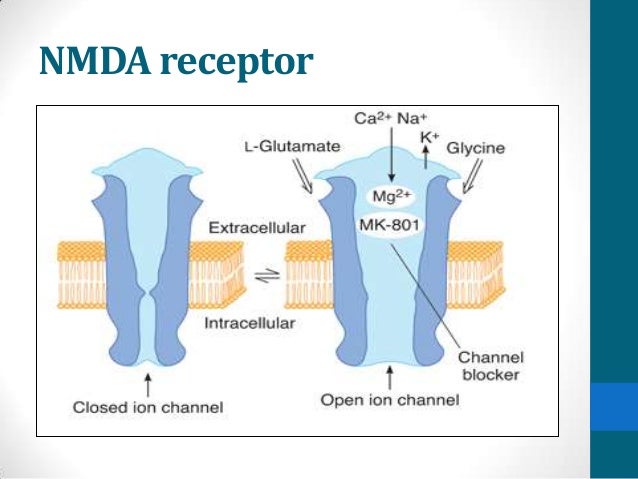Nuclear receptors (NRs) are evolutionary conserved proteins that are expressed in the animal kingdom. The wide-ranging family of NRs contains more than 150 members that are represented by both steroidal and nonsteroidal receptors and by a multitude of orphan receptors, whose physiologically relevant ligands have not yet been identified. Many of these proteins act, in fact, as intracellular ligand-inducible transcription factors able to respond to endogenous and exogenous chemicals regulating gene expression. These factors affect a surprisingly diverse variety of functions, such as reproductive development, detoxification of foreign substances and fatty acid metabolism.
While many proteins are defined as ‘druggable targets’, i.e., proteins for which the biological function of a significant fraction of family members have been successfully modulated by small molecule drugs, NRs perhaps should be thought of as nutriable targets since they respond to intracellular metabolites and xenobiotics such as drugs and dietary agents. Both metabolites and xenobiotics bind to the E domain located at the carboxy terminus of the receptors, often referred to as the ligand binding domain (LBD), whose sequence varies substantially between NRs, but whose structure is well conserved.

Of particular and increasing importance, molecules able to bind NRs are defined as endocrine-disrupting chemicals (EDCs) since they are able to interfere with the physiological function of hormonal systems, thus affecting the health of humans and also domesticated and wild animals, causing developmental, reproductive and metabolic diseases. Although many EDCs are xenobiotics, derived by industrial processes and released into the environment (i.e., pesticides, plasticizers, flame retardants, organotins, alkylphenols, dioxins, polychlorinated biphenyls, etc.) or present in food as flavoring, coloring, preservative or other additives, many others are naturally occurring (e.g., phyto- and mycoestrogens) that are present in plants or fungi as part of their defensive mechanism against physical and biological stresses.
Whether exposure to the EDCs is via the environment or via the food chain, it is usually persistent and could be potentially harmful, as in the case of xenobiotics, and/or beneficial, as for the phytoestrogens. Industrialized and agricultural areas are typically polluted with a wide range of chemicals spread into air, soil and groundwater. Hence there are many people who are particularly and largely irreversibly exposed to these toxic compounds with higher risks for developing reproductive and/or endocrine dysfunctions. By dietary and environmental exposure, EDCs can affect the endocrine system by
- mimicking natural hormones,
- antagonizing their action or
- modifying their synthesis, metabolism and transport. Most of the reported harmful effects of EDCs are attributed to their interference with NR-, hormone-like-mediated signaling.
However, the understanding of NRs on a molecular level is made much more difficult by their intrinsic flexibility and plasticity. The LBD binding sites are particularly plastic and dynamic, often dramatically changing conformation upon binding of their ligand. This affects both experimental
approaches and computational approaches that probe (and exploit for drug discovery, etc.) the structure of nuclear receptors. Our goal in this book is to give to the reader a collection of viewpoints on the study of NRs with computational approaches. It is far beyond the scope of this volume to supply exhaustive answers to all the questions about NRs – these are extremely complex systems! (Cozzini et al., 2012)
Cozzini, P., Kellogg, G., Thurston, D., Rotella, D., Martinez, A., & Guccione, S. et al. (2012). Computational Approaches to Nuclear Receptors. Cambridge: Royal Society of Chemistry, The.



